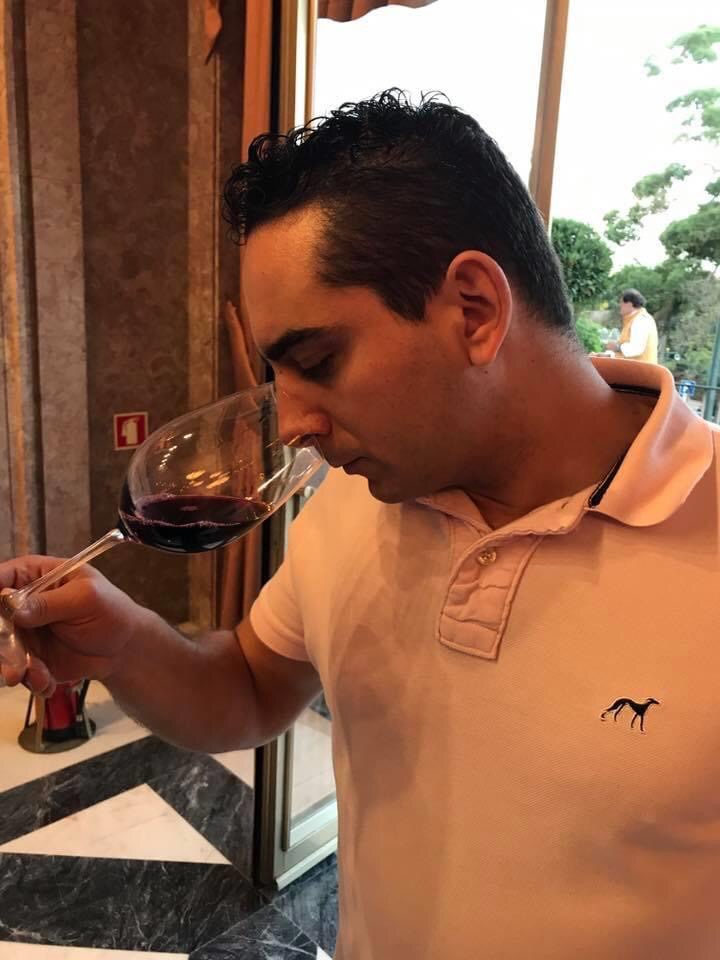Terroir: The Magic Word Everyone Uses but Few Understand
- Miguel Viana
- 27 de fev.
- 2 min de leitura
Ah, terroir—a word that now adorns every wine conversation like a medal of authenticity. Everyone glorifies terroir, yet the mere utterance of the word does not define a wine’s profile. Let’s think about it: what is terroir, really? The term, borrowed from French viticulture, encompasses soil, climate, topography, and—most importantly—human influence. But is that what we truly taste in a bottle?

Terroir, first and foremost, involves people. It is a product of human history, of social and gastronomic evolution. It stems from what our ancestors ate, the climates they endured, and the wine they drank in an era devoid of technology and electricity. They made wine regardless. They preserved their meats, lived off seasonal produce, and their wines evolved alongside them. These wines bore the imprint of their surroundings—the microorganisms from the trees and flowers, the biodiversity of their habitat. But, curiously, this part of the narrative is often omitted by winemakers in their carefully curated marketing tales.
Now, let’s face a simple truth: most of today’s wine market does not reflect terroir in terms of quality. Why? Because so many wines share an almost indistinguishable profile. How often do we taste a wine and struggle to pinpoint its regional identity? This happens because many wines are no longer a product of their natural environment but of enological standardization. Commercial yeasts are inoculated to ensure smooth, predictable fermentations with safe, consensus-driven flavors. But here’s the catch: this results in wines that taste remarkably alike.
Take my own collection, for instance—most of the wines in my cellar are fermented with native yeasts. And that is just the first stage of winemaking! But we could go even further back—to the vineyards themselves. There is a difference between wines from mere soil and wines from true terroir. Scientific studies confirm that even when planted in the same terroir, a vineyard that relies on artificial irrigation and superficial nutrition will produce grapes that express the site differently than one that has adapted over generations, digging deep into the earth’s memory.

Then, of course, we have endless enhancers and creative tweaks to play with. There are well-established winemaking formulas that guarantee a safe and palatable result. Yet, after all that, we still spend five to ten minutes waxing poetic about terroir, only to end up with a wine that tastes just like another from a completely different region. So, what was all that talk about terroir for?
Terroir is a beautiful concept—when the wines actually reflect it. Unfortunately, a large portion of the market, the overwhelming majority in fact, does not. And yet, labels proclaim vineyard altitudes, granite soils, and ancestral methods as if that alone were enough to validate authenticity. The problem? People have learned what terroir means, but no one told them that most wines do not reflect it. And that, my friends, is the great irony of it all.
Text:Miguel Viana Vinhos




Comentários